Fashion & Events
Fashion Design
Menswear fashion designer from 1995-2000 and on occasion now too depending on client.
From an article on my work:
His look is cultivated with care and remarkably natural , nailed concretely to the ground of reality. Zain brandishes a design forum that is bold , brazen yet on closer inspection infinately soft in it’s appeal. Cascades of cream , white and black , the person wears the color rather than the other way around. Emphasizing the individuality of the wearer rather instead of the opulence of the garment , Zain creates for the person wearing his clothes.
Zain’s philosophy of Design is different , definitive and daring. He steering away from the ornate adornment that local designers ascribe to , his creations are starkly striking in their simplicity , elegant to the eye , soft against the skin.
His design’s are marked by clear cut shapes and lines defiantly attractive , brazenly bare. There is no comotion of colour , no mayhem of provacative pattern just an adherence to the mastery of cut that creates a flow whether in the “Malmal” or “Khaddar” that falls lovingly on the skin.
Zain draws his inspiration from our heritage re-emphasizing it in his bare minimalistic fashion. Speaking of the mix of East and West , he explains it succintly through two of his favorite movies “Bladerunner” and “Umrao Jaan”. Somewhere between the two lies the desired blend. Zain explains ” the more minimalistic you are, the more room there is for interpretation “. His inspiration also comes in the form of Sufism.
Spring/Summer 1996: ”The Post-Modern Medieval Mughal” Collection emphasised cut, construction and the balance of asymmetrical design with humour, movement, self criticism and experimentation without westernising the indigenous inspiration. The beauty of the raw, simple, the natural, the obvious fabrics we have in abundance and discard with ease, remoulded with a global freedom.
Fall/Winter 1996: ”The Roman” Collection was long, lean, for the athletic, layered, comfortable and cosy, yet darkly dramatic and timeless. It was elegant, but bold. Though the regional sufi silhouette was the inspiration throughout, it did experiment with gender overlaps and post-nuclear lifestyle imagery. It was received with tremendous international praise.
Spring/Summer 1997: Colourful, floral, tailored suits in unconventinal fabrics. Western and traditional silhouettes derived from the classic hour glass 3 piece suit, the Ajkan, Sherwani and Nehru Jacket.
Fall/Winter 1997: ”50 Years of Pakistan” collection had no restrictions on season, colour, fabric or gender specificity. It was staged and choreographed as a theatre production. Five sequences represented 5 decades. The ensembles designed were a semiotic display of the mood of each of the decades using fabric, cut, colour and construction. An artistic and sometimes sculptural indulgance by the designer as homage to his country that may have been closer to performance art or modern dance/mime.
Fall/Winter 1998: ”Pakistan – The Colours Within” Mauritius. A tracing of Pakistan’s fashion evolution through modernity back in time with the traditional as the finale. The show proudly displayed Pakistan as the jewel gateway to the sub-continent, with a rich cultural heritage and a spirit of the east that is strong amidst the contemporary storm of globalisation.
Fall/Winter 1999: ”The Beggar Collection” created specially for the launch of Lancome in Sri lanka was shown in Colombo. It was a collection based on the wear and tear of people that devote their lives to saints and live at their shrines. These are a different type of beggar. They are spiritual, free from social expectation and unbound by international politics. This collection was sewn at a Karachi home for battered/abused women being rehabilitated. As the finale collection for my years in Karachi it was the simplest, most earth bound, most rich in spirituality, the rawest and my favourite!
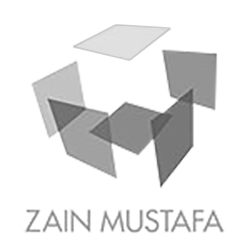
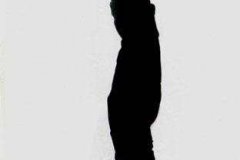
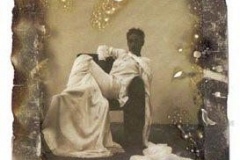
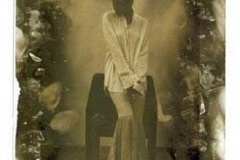
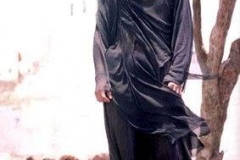
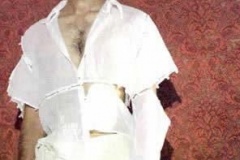
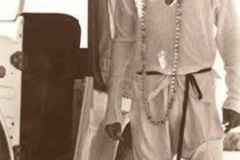
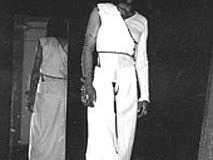
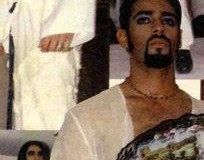
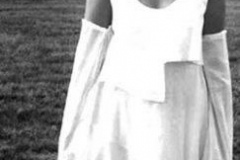
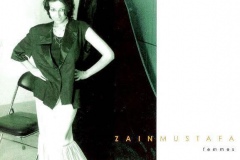
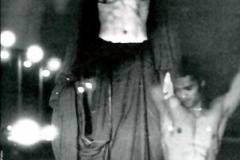
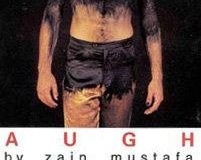
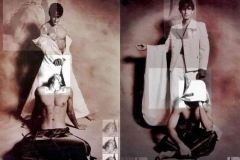
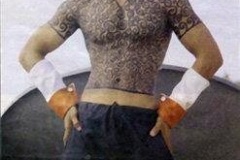
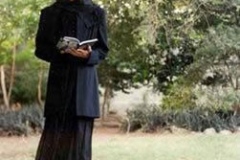
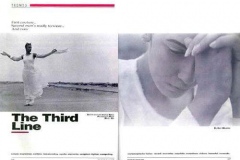
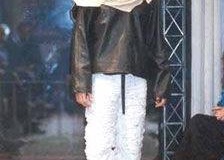
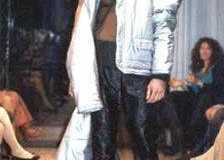
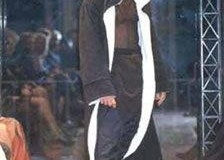
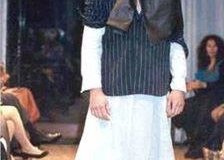
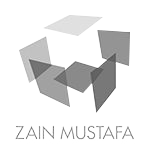
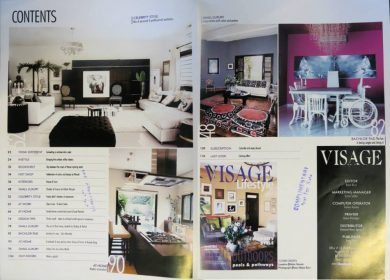
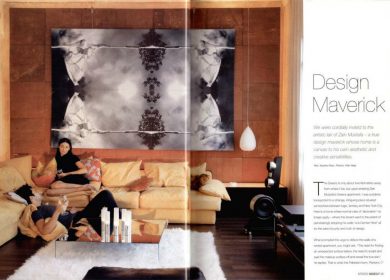
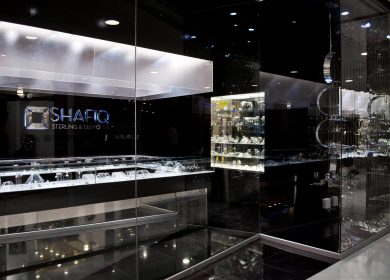
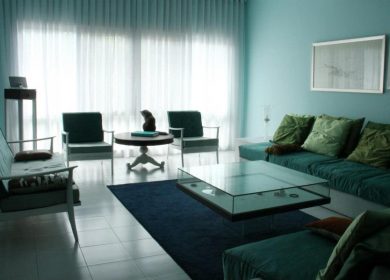
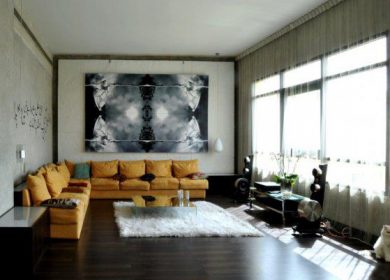
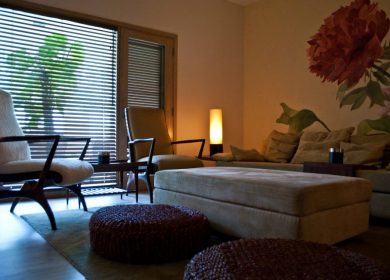
/550829_275169252602858_882048296_n-390x280.jpg)
/282055_275169275936189_558996991_n-390x280.jpg)
/384433_275169289269521_217502056_n-390x280.jpg)
/303708_275169132602870_642161760_n-390x280.jpg)
/196435_275169042602879_917535906_n-390x280.jpg)
/482929_275172335935883_531391945_n-390x280.jpg)
/67123_275169095936207_1455026827_n-390x280.jpg)
/60724_275173102602473_1908186178_n-390x280.jpg)
/183245_275173052602478_1877271221_n-390x280.jpg)
/198635_275173119269138_441834081_n-390x280.jpg)
/561153_275169112602872_1033323034_n-390x280.jpg)